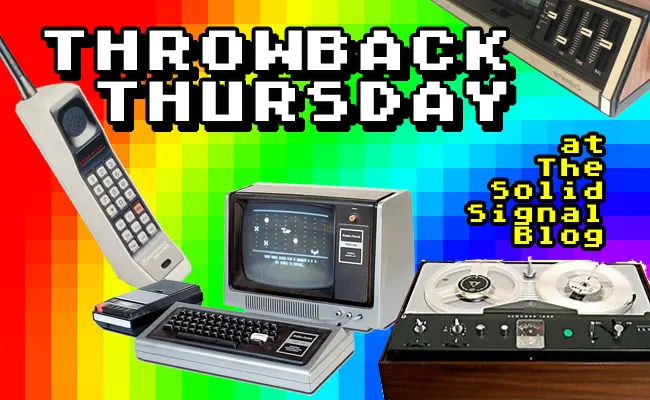I would be willing to bet that whole weeks go by these days where no one orders new landline service from their local provider. I’ve even seen new homes built without telephone wiring. That’s how dead the technology is. However, the idea that you would get internet service without TV or landline phone was still fairly new in 2018 when I wrote this article. In it, I defined the term “dry loop internet” as it was used in those days.
Dry loop what?
Dry loop internet describes internet service that doesn’t have TV or phone attached to it. The term didn’t last long. It turns out it was really only used during that period of time when folks were giving up landlines. But, in that article I managed to capture that point in time when everyone was talking about it.
When you look back at the history of communications in the home, it’s almost completely dominated by plain old telephone service. The telephone itself was invented in 1876, but it wasn’t until the 1910s and 1920s that you started seeing large-scale implementation of telephones in homes. Once it started, though, it took off like a shot. A telephone was a must-have for a modern home, especially by the early baby boom years of 1945-1955. There was really no competition for communications until the early 21st century when practically everyone got a cell phone.
We used to call them “telephone companies.”
Back then, we didn’t call them “internet service providers.” If you were dealing with the companies that later became AT&T, Frontier, Verizon, Comcast, and Spectrum, you called them “telephone companies.” That’s what they did first and foremost. Those companies started moving toward offering live TV service first, and when they’d built out large fiber infrastructures, they started offering internet as well. Today, those companies are known almost completely for internet service. Some don’t offer TV or landline service at all. My, how things have changed.
Today, people care about internet. They don’t care about landline service. All internet connections are “dry loop” now. Cell phones mean that if someone wants to reach you, they reach you and not your house. Today’s kids don’t even know the agony of having to talk to someone’s parent for 2 minutes before getting to talk to the person you want. Things change, of course, and this is just one example.
Looking forward five years
I think the likelihood is that in five years you might not have a wired connection to your home. We’re already seeing fixed wireless cellular implementations in some cities. With fixed wireless, your home’s internet is delivered through cell service not through fiber. The upside of this is that you have only one bill, not two. More and more homes are going with satellite internet as well. While satellite internet isn’t a great option if you have fiber to the home, it’s a life-saver if you don’t.
I think it’s quite possible that within 5-10 years, we won’t even talk about fiber to the home, and it will be time for another article like this, trying to explain the recent past that we’ve surprisingly forgotten.



